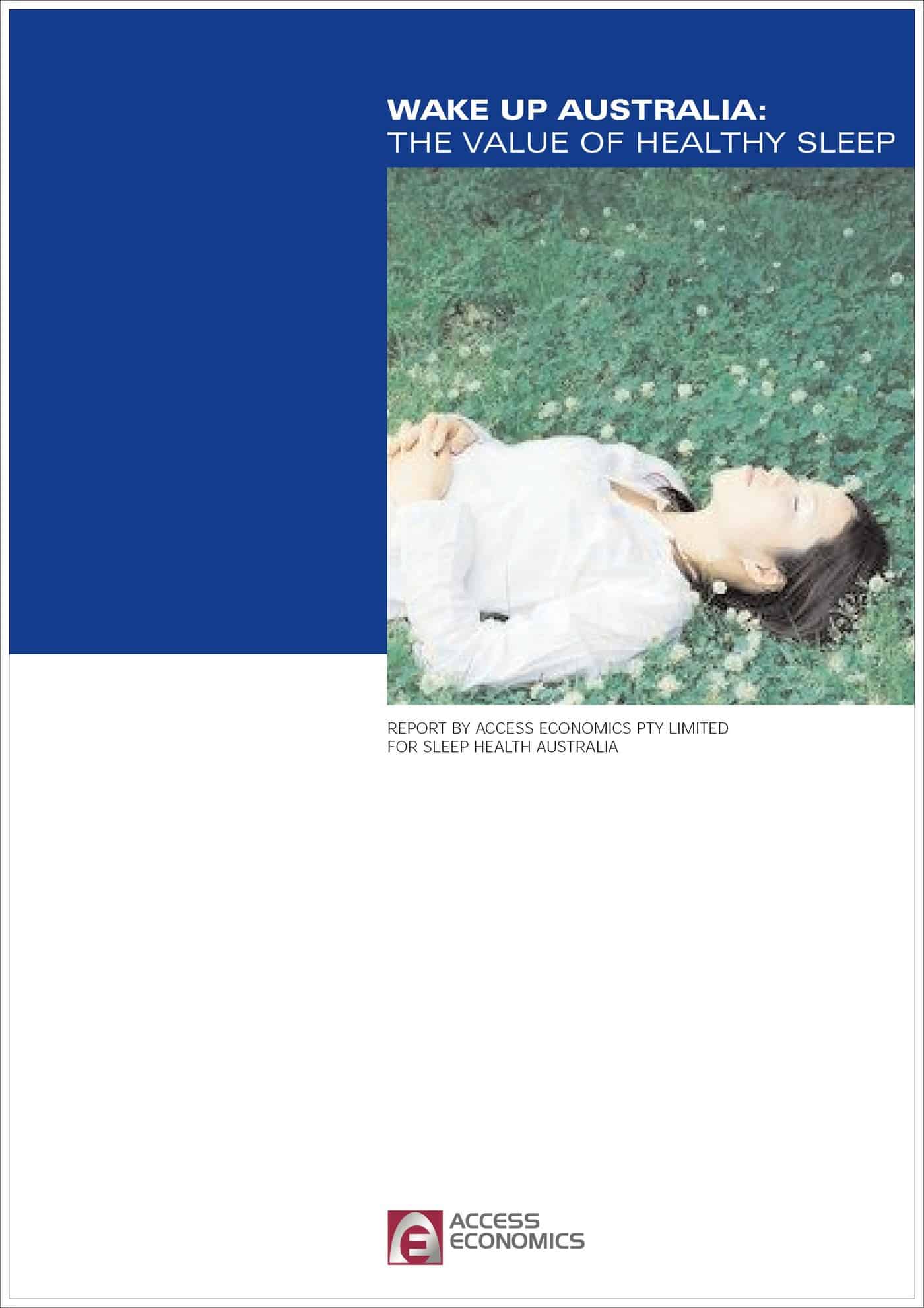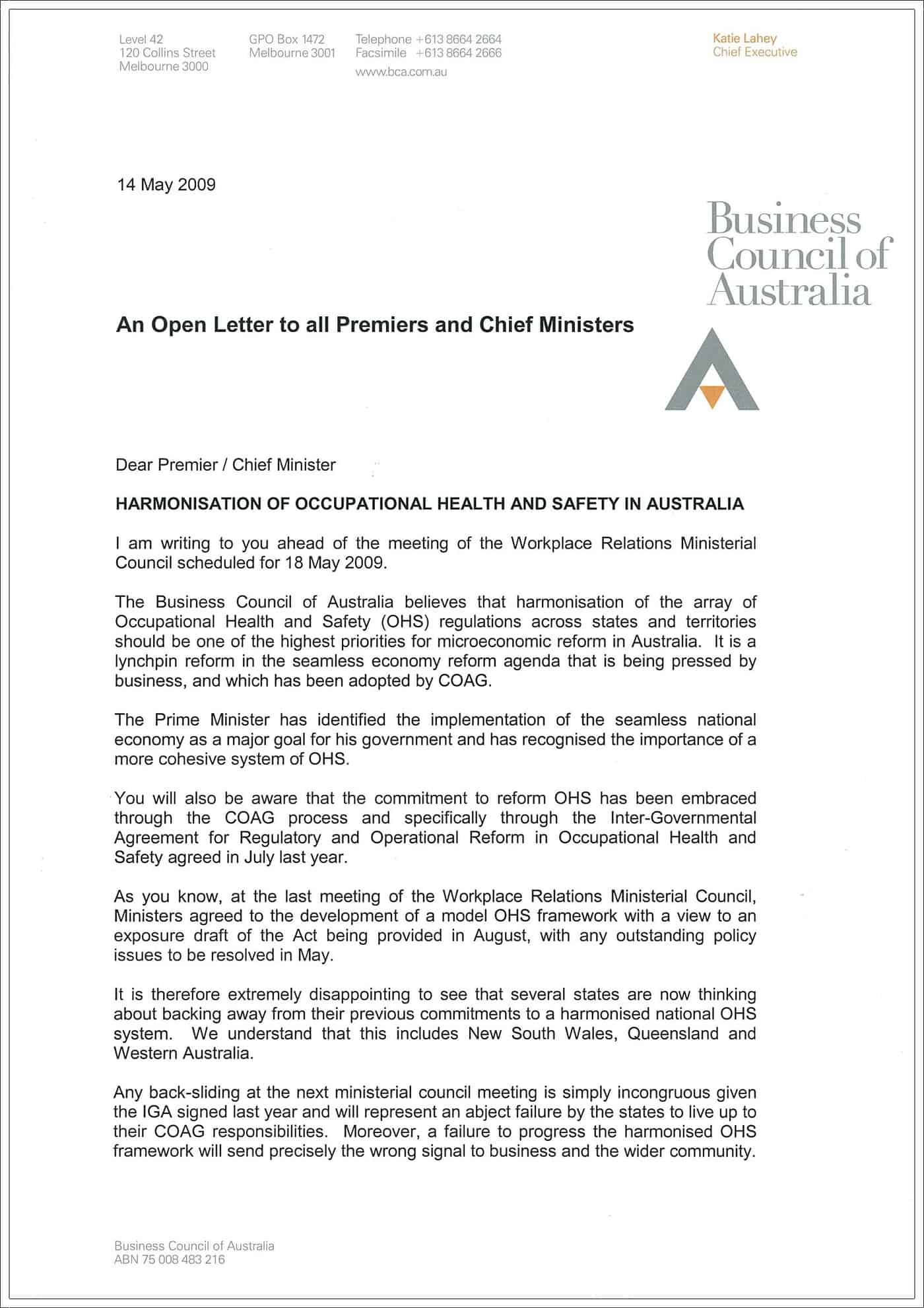The yet-to-be-released August 2009 edition of the American Journal of Public Health has an interesting report into the health risks of casino workers in Pennsylvania from second hand tobacco smoke. The research report is quite complex for the casual readerr but the increased level of risk to casino workers seems convincing.
According to the report, secondhand smoke
“in Pennsylvania casinos produces an estimated excess mortality of approximately 6 deaths per year per 10000 workers at risk”.
People in the casinos for 8 hours would be breathing air that would match the “unhealthy air” definition of the US Air Quality Index.
The reseacrh concludes
“It is clear, however, that Pennsylvania casino workers and patrons are put at significant excess risk of heart disease and lung cancer from SHS through a failure to include casinos in the state’s smoke-free-workplace law.”
Randy Dotinga wrote for the Health Behavior News Services on the research report and asked questions of a gambling industry representative:
“Holly Thomsen, a spokesperson for the American Gaming Association, a trade group for the casino industry, said its members are committed to “the highest level of safety and comfort” inside casinos.
Casinos serve both smoking and nonsmoking customers, she said, and “we realize that balancing the needs of these two distinct sets of patrons, as well as those of our employees who don’t smoke, is of paramount importance.”
The AJPH article reference is
Repace, J. Secondhand smoke in Pennsylvania casinos: A study of nonsmokers’ exposure, dose, and risk. Am J Public Health 99(8), 2009.




